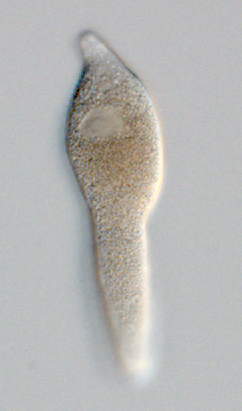|
Actinocephalidae
Actinocephalidae is a family of parasitic alveolates of the phylum Apicomplexia The Apicomplexa (also called Apicomplexia) are a large phylum of parasitic Alveolata, alveolates. Most of them possess a unique form of organelle that comprises a type of non-photosynthetic plastid called an apicoplast, and an apical complex stru ... Taxonomy Thirty eight genera are recognised in this family. History This taxon was created by Leger in 1892.Leger L (1892) Recherches sur les Grégarines. Tablettes Zoologique. 3: 1482 Description Species in this taxon infect insects. References {{Taxonbar, from=Q21292108 Apicomplexa families ... [...More Info...] [...Related Items...] OR: [Wikipedia] [Google] [Baidu] |
Stylocephaloidea
Stylocephaloidea is a superfamily of parasitic alveolates of the phylum Apicomplexia Taxonomy There are two families in this taxon. History This superfamily was established by Clopton in 2009. Description Species in this taxon infect insect Insects (from Latin ') are pancrustacean hexapod invertebrates of the class Insecta. They are the largest group within the arthropod phylum. Insects have a chitinous exoskeleton, a three-part body ( head, thorax and abdomen), three pairs ...s. Syzygy is frontal or frontolateral. The gametocysts form an epicyst (ectocyst). The epicyst may rupture or dissolve. The sporocysts are released either singly or in chains. References Conoidasida SAR supergroup superfamilies {{Apicomplexa-stub ... [...More Info...] [...Related Items...] OR: [Wikipedia] [Google] [Baidu] |
Gregarinasina
The gregarines are a group of Apicomplexan alveolates, classified as the Gregarinasina or Gregarinia. The large (roughly half a millimeter) parasites inhabit the intestines of many invertebrates. They are not found in any vertebrates. However, gregarines are closely related to both ''Toxoplasma'' and ''Plasmodium'', which cause toxoplasmosis and malaria, respectively. Both protists use protein complexes similar to those that are formed by the gregarines for gliding motility and invading target cells. This makes them excellent models for studying gliding motility with the goal of developing treatment options for toxoplasmosis and malaria. Thousands of different species of gregarines are expected to be found in insects, and 99% of these gregarines still need to be described. Each insect can be the host of multiple species. One of the most studied gregarines is ''Gregarina garnhami''. In general, gregarines are regarded as very successful parasites, as their hosts are spread over the ... [...More Info...] [...Related Items...] OR: [Wikipedia] [Google] [Baidu] |
Eukaryota
Eukaryotes () are organisms whose Cell (biology), cells have a cell nucleus, nucleus. All animals, plants, fungi, and many unicellular organisms, are Eukaryotes. They belong to the group of organisms Eukaryota or Eukarya, which is one of the Three-domain system, three domains of life. Bacteria and Archaea (both prokaryotes) make up the other two domains. The eukaryotes are usually now regarded as having emerged in the Archaea or as a sister of the Asgard (archaea), Asgard archaea. This implies that there are only Two-domain system, two domains of life, Bacteria and Archaea, with eukaryotes incorporated among archaea. Eukaryotes represent a small minority of the number of organisms, but, due to their generally much larger size, their collective global biomass (ecology), biomass is estimated to be about equal to that of prokaryotes. Eukaryotes emerged approximately 2.3–1.8 billion years ago, during the Proterozoic eon, likely as Flagellated cell, flagellated phagotrophs. The ... [...More Info...] [...Related Items...] OR: [Wikipedia] [Google] [Baidu] |
